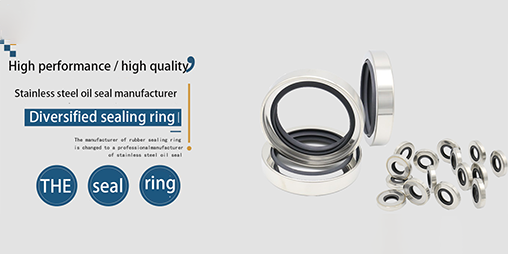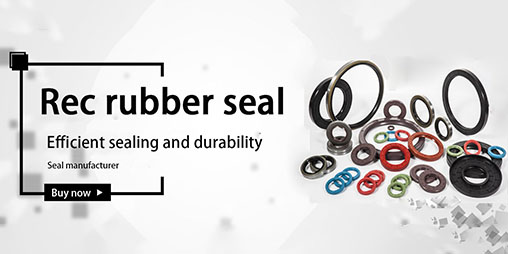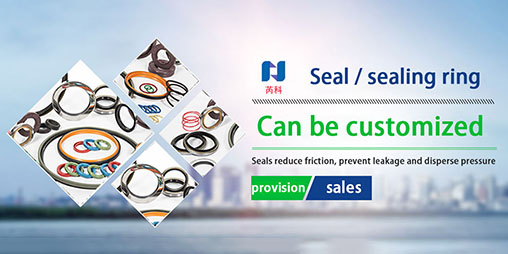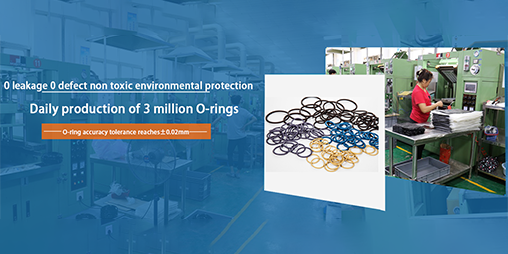Common performance parameters of
source:未知 author:admin time:2021-11-05 09:37:48 Browse times
1. Compression performance
Rubber seals are usually in a compressed state. Due to the viscoelasticity of rubber materials, the pressure will decrease with time, which is manifested as relaxation of compressive stress; After removing the pressure, it can not return to the original shape, which is manifested as compression permanent deformation. This phenomenon is more obvious in high temperature and oil media. This performance is directly related to the durability of sealing ability of sealing products.
2. Hardness
Hardness indicates the ability of sealing material to resist external force, which is also one of the basic properties of sealing material. The hardness of the material is related to other properties to a certain extent. The higher the hardness, the greater the strength, the smaller the elongation and the better the wear resistance.
3. Tensile properties
It mainly includes: tensile strength, constant tensile stress, elongation at break and permanent deformation at break. Tensile strength is the maximum stress at which the specimen is stretched to fracture. The constant elongation stress (constant elongation modulus) is the stress reached at the specified elongation. Elongation is the deformation of the specimen caused by the specified tensile force, which is measured by the ratio of the increment of elongation to the original length. Elongation at break is the elongation at break of the specimen. Tensile permanent deformation is the residual deformation between the markings after tensile fracture of the specimen.
4. Low temperature performance
The index used to measure the low-temperature characteristics of rubber seals. The following two methods to test the low-temperature performance are introduced: 1) low temperature retraction temperature: stretch the sealing material to a certain length, then fix it, quickly cool it below the freezing temperature, loosen the test piece after reaching equilibrium, and raise the temperature at a certain speed. Record the temperature of tr10, TR30, tr50 and tr50 when the sample retracts 10%, 30%, 50% and 70% Tr70 indicates. The material standard takes tr10 as the index, which is related to the brittleness temperature of rubber. Low temperature flexibility: after the sample is frozen at the specified low temperature for the specified time, bend back and forth according to the specified angle to investigate the sealing capacity of the seal after repeated action of dynamic load at low temperature.
5. Oil or medium resistance
In addition to petroleum base, diesters and silicate grease oil, sealing materials are sometimes exposed to acid, alkali and other corrosive media in the chemical industry. In addition to being corroded in these media, it will also lead to expansion, strength reduction and hardness reduction at high temperature; At the same time, the plasticizer and soluble substances in the sealing material are extracted, resulting in mass reduction, volume reduction and leakage. Generally, at a certain temperature, after soaking in the medium for a certain time, the changes of mass, volume, strength, elongation and hardness are measured to evaluate the oil resistance or medium resistance of sealing materials.
6. Aging resistance
The performance of sealing materials will deteriorate under the action of oxygen, ozone, heat, light, moisture and mechanical stress, which is called the aging of sealing materials. Aging resistance (also known as weather resistance) can be expressed by the changes of strength, elongation and hardness of the aged style. The smaller the change rate, the better the aging resistance.










